|
2005. október 28. - 2005. december 30. Az első zsidó múzeum Bécsben nyílt meg 1895-ben, ennek emlékét őrizte az Első című kiállítás, mely Budapesten a Miénk című kiállítással együtt nyílt meg. A két múzeum hasonló célokkal indult. Egyfelől "valláspótló" szerepet töltöttek be a szekularizálódó társadalomban, másfelől helyet biztosítottak arra, hogy találkozni lehessen a saját hagyománnyal, identitás-teremtő funkciójuk volt. Ugyanakkor apologetikus, védelmező motívumok is szerepet játszhattak az első zsidó múzeumok megalapításában: a zsidók európai történelemben való beágyazottságát kívánták bizonyítani. Az Izraelita Magyar Irodalmi Társulat (IMIT) tagjai, mint a Magyar Zsidó Múzeum alapítói felismerték, hogy a múlt, az emlékezet uralása legitimálhatja a jelen gondolatait és eseményeit, befolyásolhatja a kortársak és az utódok identitását, meghatározza a judaizmusról kialakuló képet. Mindezek mellett a reprezentáció eszköze is: mit, milyen hangsúlyokkal mutatnak be, mit írnak be a „Történelembe”. A Miénk alapvetően a Bécsi Zsidó Múzeum hármas egységre tagolódó tematikáját követte. Így egyszerre kerültek bemutatásra a kelet-európai zsidóság emlékét őrző történeti szertartási tárgyak, egy sábeszi asztallal berendezett „tisztaszoba”, és végül egy politikai vitatémát, a cionizmust is tárgyaló Palesztina-részleg. A két múzeum háború utáni továbbélése kapcsán fontos megemlíteni, hogy míg a Bécsi Múzeum tárgyainak mintegy fele a második világháború viszontagságos körülményeinek áldozatául esett, a Magyar Zsidó Múzeum kincseit Dr. Bárányné Oberschall Magda és Tápai-Szabó Gabriella megmentették, nekik köszönhetjük, hogy a háború előtti gyűjtemény ma is eredeti formájában látható. Kurátorok: Felicitas Heimann-Jelinek, Bécs (Az Első) Toronyi Zsuzsanna, Budapest (A Miénk) 28th October 2005 – 30th December 2005 The first Jewish museum opened in Vienna in 1895, the memory of which was preserved in the exhibition entitled ”First”, the material of which was later also part of the exhibition entitled ”Ours” in the Hungarian Jewish Museum. The two museums opened with similar goals. On the one hand, they had a role of substituting religion in a secualized society, on the other hand, they provided a place to meet one’s own tradition, therefore they had an identity-creating function. At the same time, apologetic, protective motives may have played a role in the founding of the first Jewish museums: they sought to prove how Jews were embedded in European history. The members of the Israelite Hungarian Literary Society (IMIT), as founders of the Hungarian Jewish Museum recognized that the past, the domination of memory, can legitimise the thoughts and events of the present, influence the identity of contemporaries and descendants, define the image of Judaism given to ourselves and others. In addition, it is a means of representation - what matters is what is presented, what is emphasised, what is written into ”History”. The exhibition entitled ”Ours” basically followed the theme of the Jewish Museum in Vienna, which is devided into three units.Thus, the historical relics preserving the memory of Eastern European Jewry, a clean room furnished with a Shabbat Table, and finally the Palestine section, discussing a political debate, Zionism could be presented at the same time.With regard to the post-was survival of the two museums, it is important to mention that while about half of the objects from the Vienna Museum became victims of the harsh conditions of World War II, the treasures of the Hungarian Jewish Museum were saved by Dr. Lambné Oberschall Magda and GabriellaTápai-Szabó. Thanks to them the pre-war collection can still be seen in its original form today. Curators: Felicitas Heimann-Jelinek (Vienna) First Zsuzsanna Toronyi (Budapest) Ours
0 Comments
Leave a Reply. |
Tartalom:A Magyar Zsidó Múzeum és Levéltár kiállításai Categories |


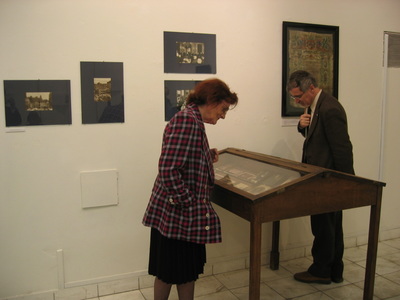
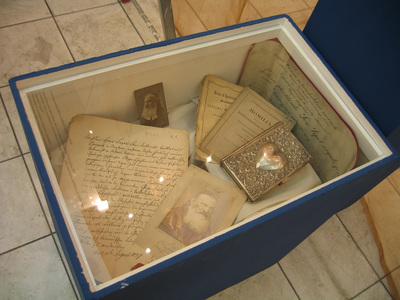
 RSS Feed
RSS Feed